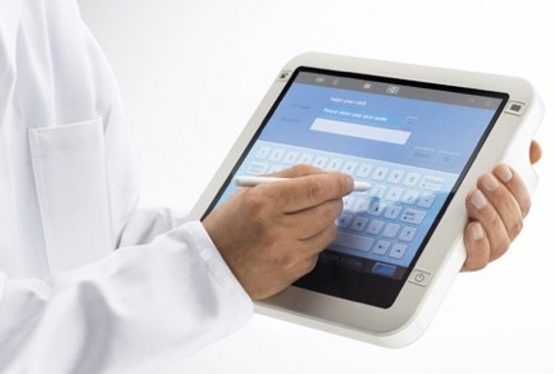The process of switching to electronic medical records now is a great idea. Yet it isn’t without challenges along the way. Being able to prepare for them is half the battle. Most medical offices and locations are very busy. Once the change is done, it can help save time and to reduce the risk of confidentiality issues. It also reduces the need for storage of paper documents and will be required in all offices by 2015.
The Top 7 Challenges in Switching to Electronic Medical Records are:
Learning the Program
All of the staff that will be accessing the electronic medical records will need to be trained. Learning the program can take time. Not everyone learns at the same speed either. There will be a learning curve and additional time may be needed to input and access data initially. However, over time it will become easier to understand.
Time
Ask anyone with a medical administration degree what they wish they had more of, and most of them will tell you time. They may be upset about the need to spend their time learning this new program. They already feel like they don’t have enough time to get everything accomplished. Yet once the program is successfully implemented and learned, time should be saved.

The programs use a great deal of bandwidth and that means that the programs often run slow. It can be frustrating for a staff member trying to input or access data because they are always waiting for it. This can add up to lots of wasted time at the end of the work day.
Cost
There are plenty of costs involved with switching to an electronic medical records system. The costs include lost time and training of the staff. There is also the need for several more computers to be in place. Many of the facilities have purchased laptops and those on duty will be assigned one for the duration of their shift. All of those costs do add up quickly.
Resistance to Change
Not everyone responds well to change, and it can lead to lots of questions and even stress. Introducing the idea of electronic medical records early on is important. It gives people a chance to adjust and prepare for the changes. Letting them know what the benefits of it will be is also important. It helps them to see that accepting the change is going to be very helpful when they look at the big picture.
System Crash/System Bugs
Technology can be great, but it can also be a huge issue when it doesn’t work right. A system crash can be difficult because it can slow down the processing in a medical facility. Since prescriptions are electronically sent to the pharmacy, a system crash can prevent people from being able to get their medication timely.
A system bug can take time to resolve and in the meantime it can create huge barriers and obstacles for both staff and patients. Each staff member will have their own login information. If they forget it or lock themselves out, it can take time for a reset to be completed.
There is also the risk of a system getting hacked. Then that medical data can all be compromised. Such a big part of medical records is the confidentiality so this is certainly something that many patients are worried about. An ongoing challenge is to keep security in place that prevents such breaches.
System Differences
Not all of the systems that are used in electronic medical records talk to each other. It would be more useful if they could. For example, the doctor’s office being able to talk to the system for the insurance billing. Perhaps one day there will be a type of universal electronic medical records cloud that significantly reduces this challenge.
Mistakes
Any time there are mistakes in medical records, it can be an issue. However, when it is all done electronically, there isn’t a paper trail to go back to and try to find those mistakes. This is why it is so important that the staff double checks their entries.
